
Boomers grew up in a world where things were built to last—and that mindset stuck. While younger generations are busy decluttering and digitizing, many Boomers proudly hold on to once-everyday items that now feel like antiques. Here are 15 things still found in Boomer homes that most people haven’t used in years.
Phone Books
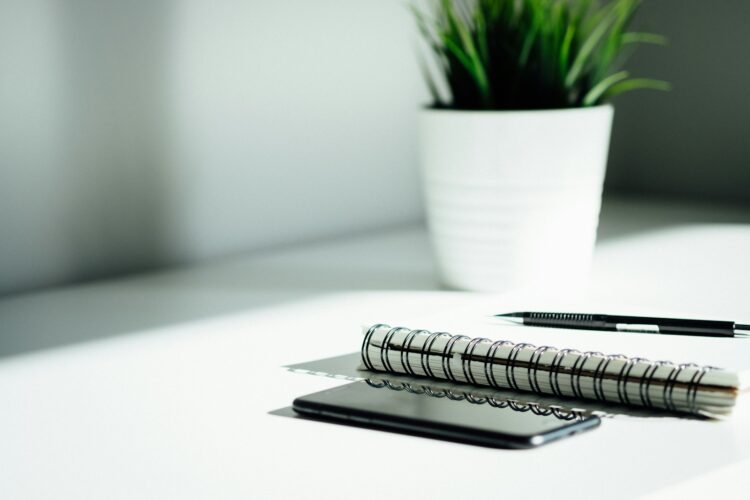
Thick, yellow-paged, and practically fossilized phone books still sit in some Boomer kitchen drawers. They used to be essential for finding anyone or anything. But with smartphones and Google searches replacing flipping through pages, these dusty bricks now serve more as nostalgia than necessity—even though some Boomers still swear by them.
China Cabinets Full of Formal Dishes
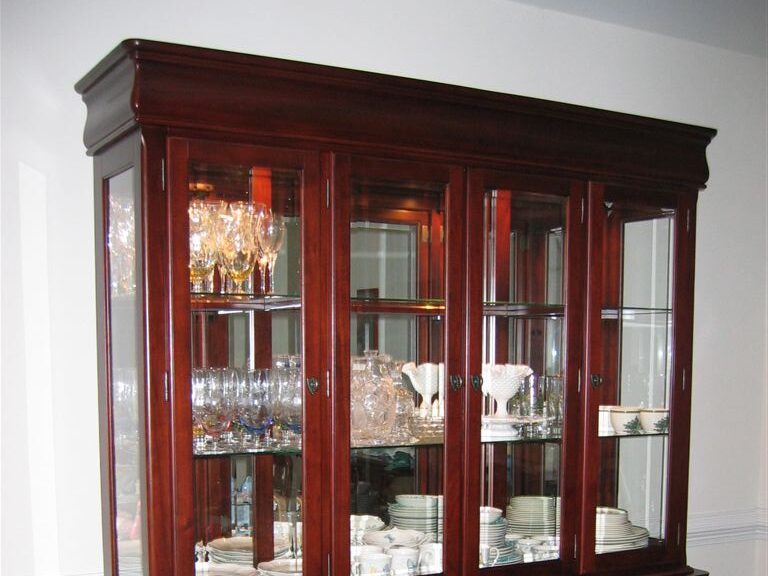
Boomers grew up valuing the “good dishes”—the ones you only use on holidays. These carefully arranged china cabinets are now rarely opened, and the dishes are almost never touched. Younger generations prefer minimalism and everyday plates, but Boomers still believe that fine porcelain is a symbol of adulthood and good hosting.
VHS Tapes and a VCR
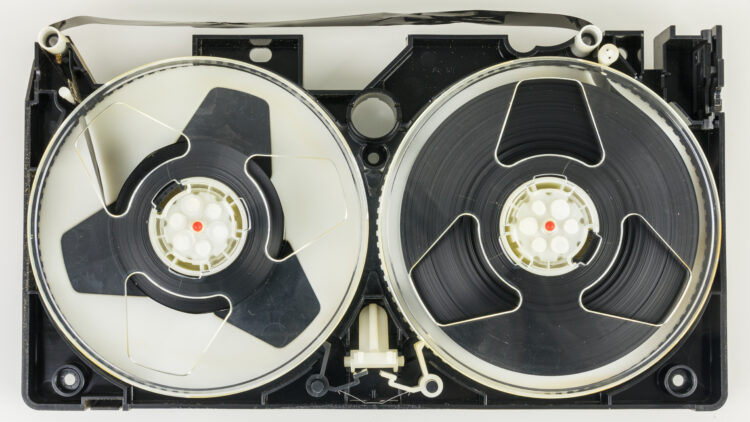
Even if the VCR doesn’t work anymore, the tapes remain—filled with old family videos, classic films, or TV specials taped off-air. Boomers keep them stored in boxes or media cabinets, hoping one day to digitize them. To younger people, they’re obsolete. But to Boomers, they’re personal history.
Paper Maps and Atlases
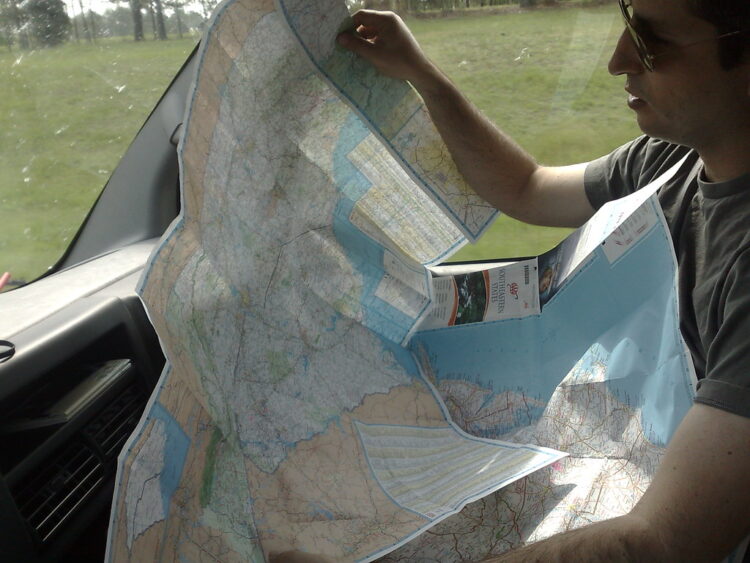
Long before GPS, paper maps were the road trip essential. Many Boomers still have them folded in the glove compartment or stacked on a bookshelf. They may never use them, but tossing them feels risky. After all, what if the phone dies or the signal disappears?
Answering Machines
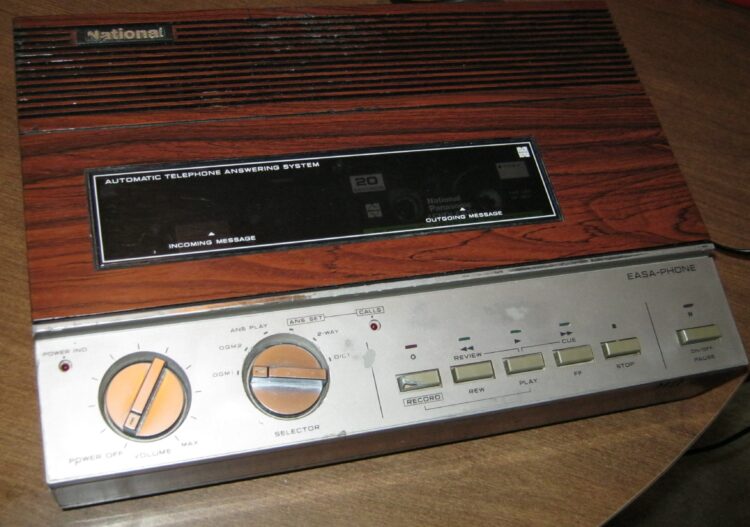
Boomers know that little blinking light and robotic message voice well. Even with voicemail on every smartphone, some still have their trusty answering machine plugged in and working. It’s comforting, familiar, and a reminder of when you actually listened to messages instead of reading them in a text bubble.
Encyclopedias

Before Wikipedia, there were 20-volume encyclopedia sets proudly displayed in the living room. They cost a fortune and were considered an intellectual investment. Boomers hold on to them out of pride and nostalgia, even if they haven’t been cracked open since the internet arrived.
Plastic Bag Storage Bags
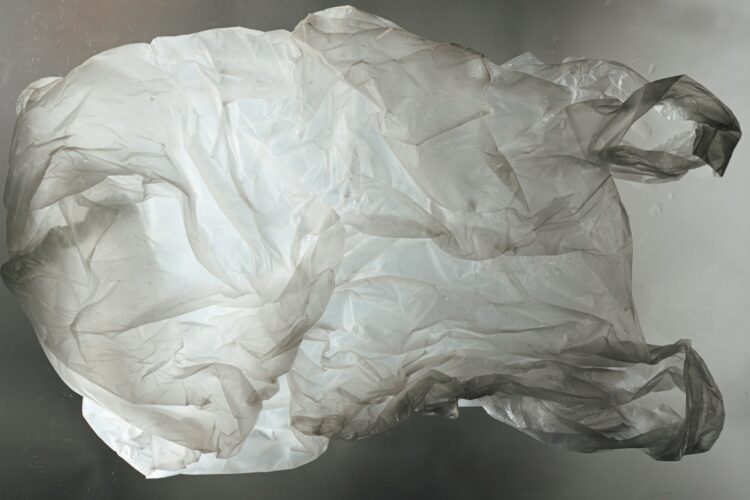
You’ll often find a giant bag full of other bags in Boomer homes—usually under the sink or in a closet. Boomers were early recyclers in their own way, saving every grocery sack “just in case.” Millennials and Gen Z now favor reusable totes, but Boomers still see plastic bags as too useful to throw out.
Check Registers
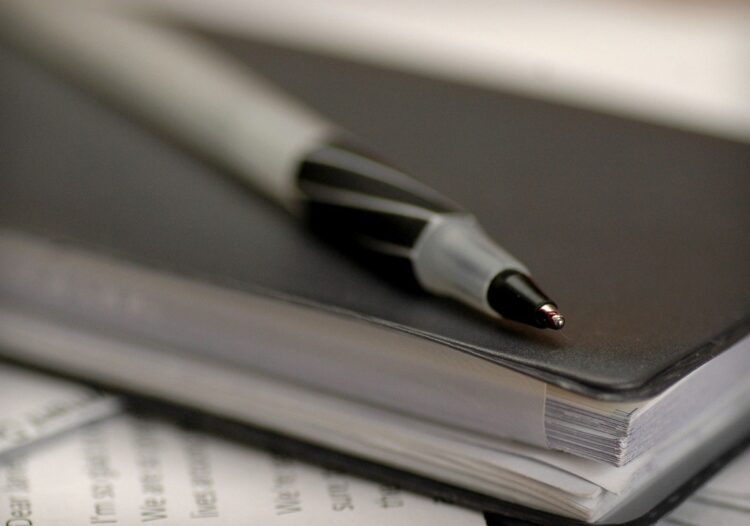
Even Boomers who now bank online often still keep a check register—a small notebook used to track every expense and deposit by hand. It’s how they learned to manage money, and many still trust it over an app. To younger generations, it feels tedious and unnecessary.
TV Trays
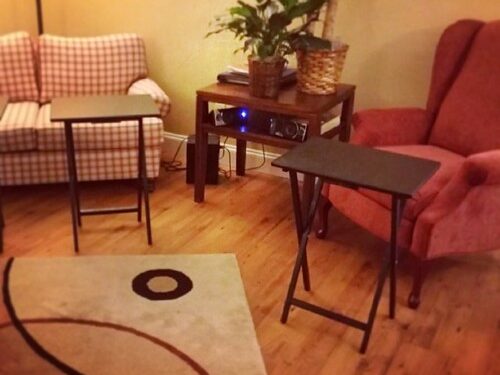
Whether it’s for eating dinner in front of the television or resting a book and cup of tea, TV trays were once a household staple. Many Boomers still use them daily. They’re practical and familiar, even if younger folks have replaced them with sofas, coffee tables, or lap desks.
Landline Phones With Cords
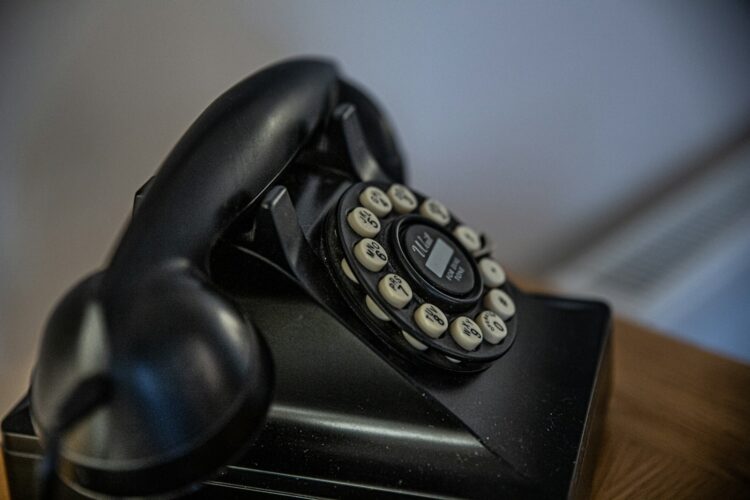
Not cordless—cords. The kind that coil and stretch across the room while you talk. Boomers keep them around because they’re reliable during power outages and don’t require charging. Younger people find them bulky and outdated, but to Boomers, they’re a symbol of stability.
Ceramic Figurines and Knickknacks
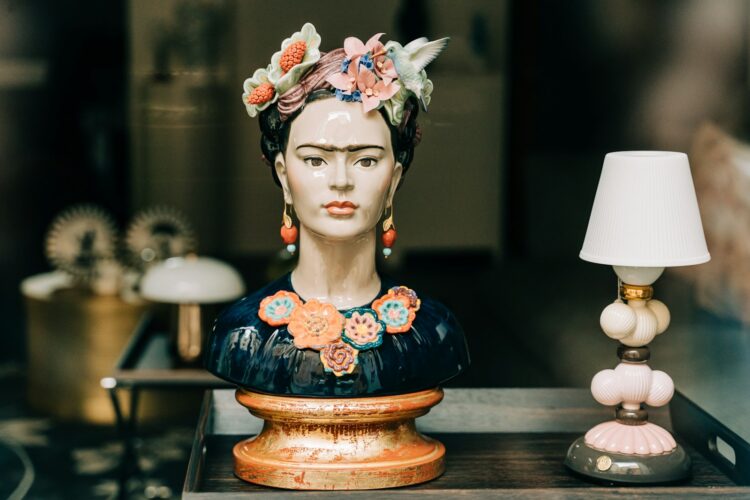
Tiny decorative animals, angels, or seasonal trinkets fill shelves and mantels in many Boomer homes. These collectibles were gifts, keepsakes, or just part of decorating trends from decades past. To Millennials, they’re clutter. But Boomers often associate them with sentiment, tradition, and a more personalized home.
Instruction Manuals for Everything
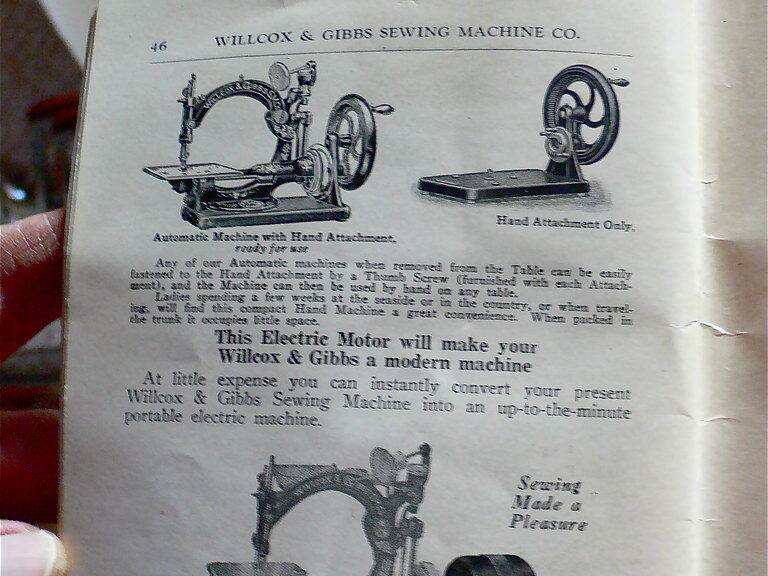
There’s a drawer or file in every Boomer house stuffed with manuals—appliances, electronics, even items they no longer own. It’s a just-in-case archive, kept “for reference.” Meanwhile, younger generations toss the paper and look it up online if something breaks or needs fixing.
Rolodexes
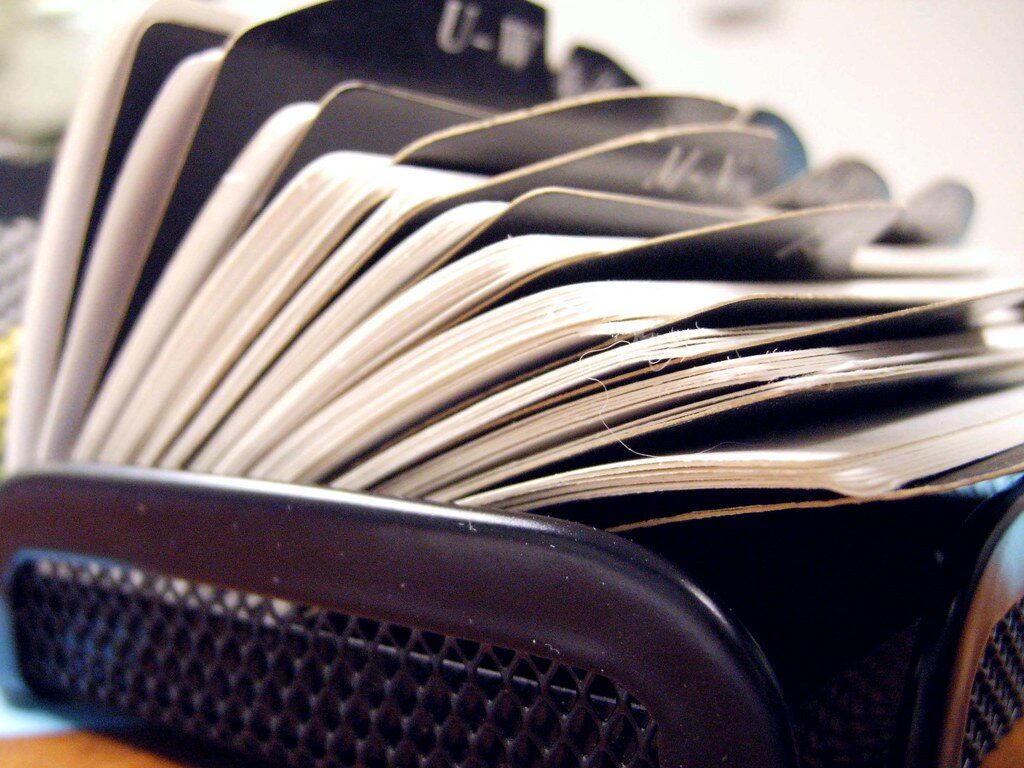
Before smartphones and synced contacts, the Rolodex was how professionals and families organized phone numbers and addresses. Some Boomers still have theirs sitting proudly on a desk, even if it’s covered in dust. It may be outdated, but it’s proof of a life full of connections.
Alarm Clocks That Aren’t Phones

The glowing red digits of a bedside alarm clock still tick in many Boomer bedrooms. They prefer separate devices—one for waking up, one for calling. Younger generations just set their phone alarm and call it a night, but Boomers like keeping the old routines alive.
Receipts Saved for Everything
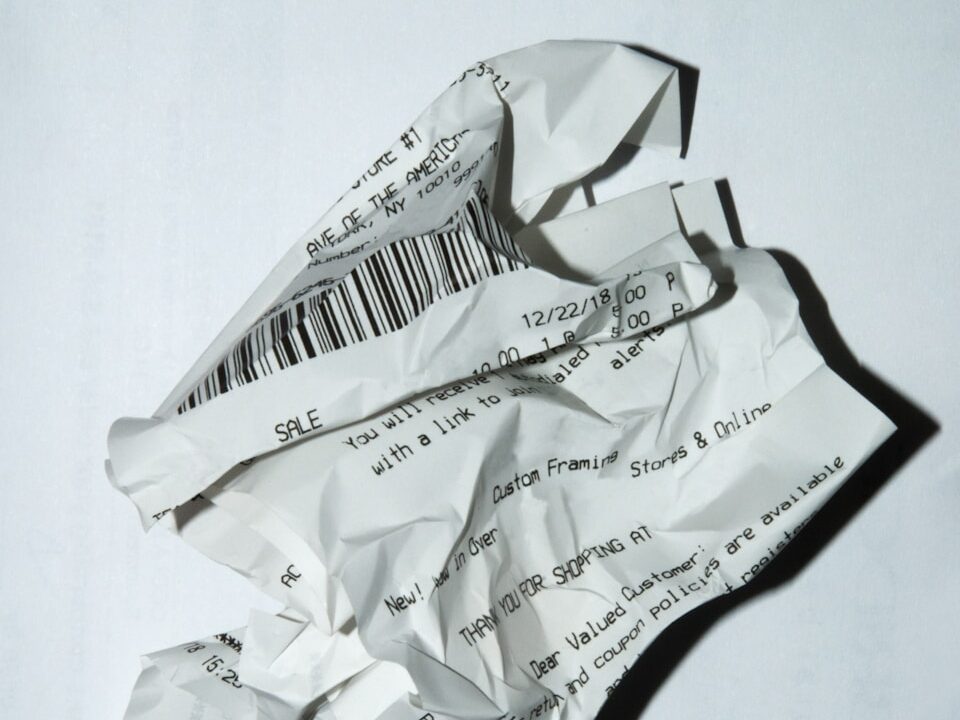
Boomers tend to save receipts for every transaction—stapled to warranties, tucked into file folders, or collected in envelopes. They were raised to keep proof of purchase, and it’s a hard habit to break. Digital records are fine, but many still feel uneasy without paper backup.

